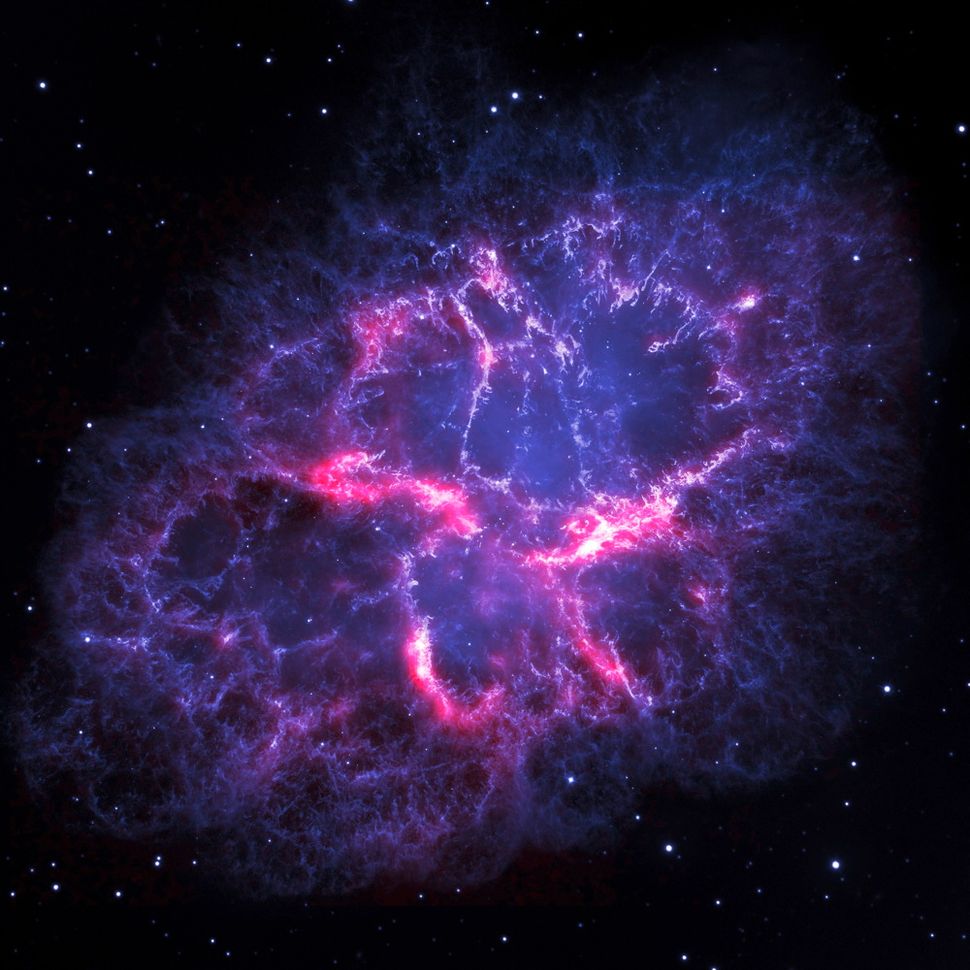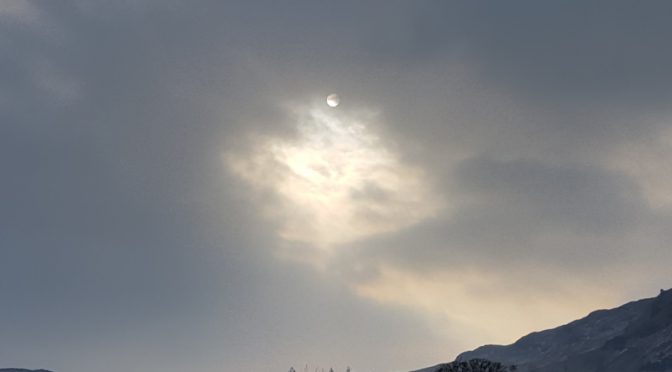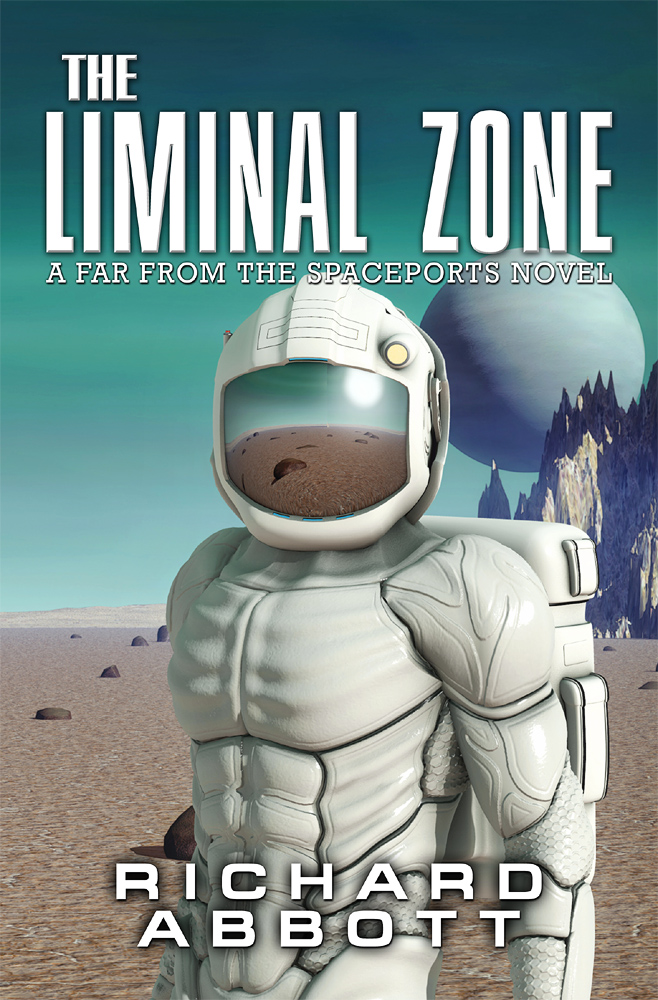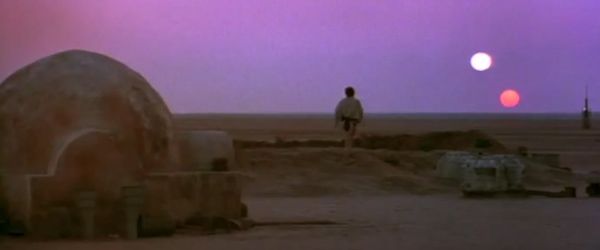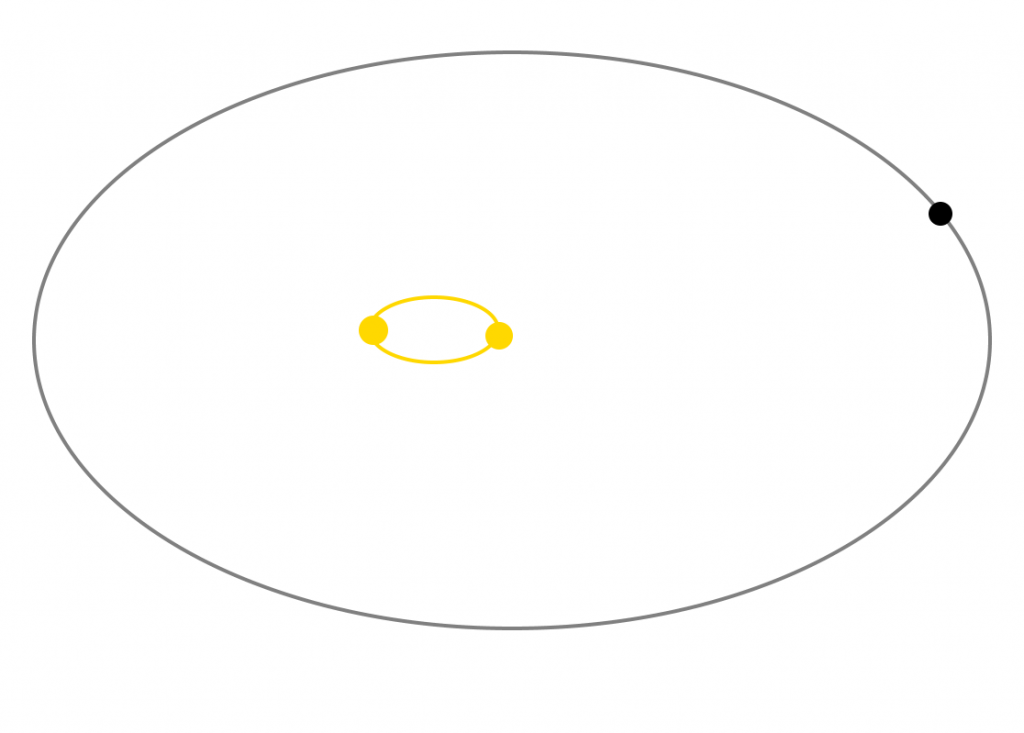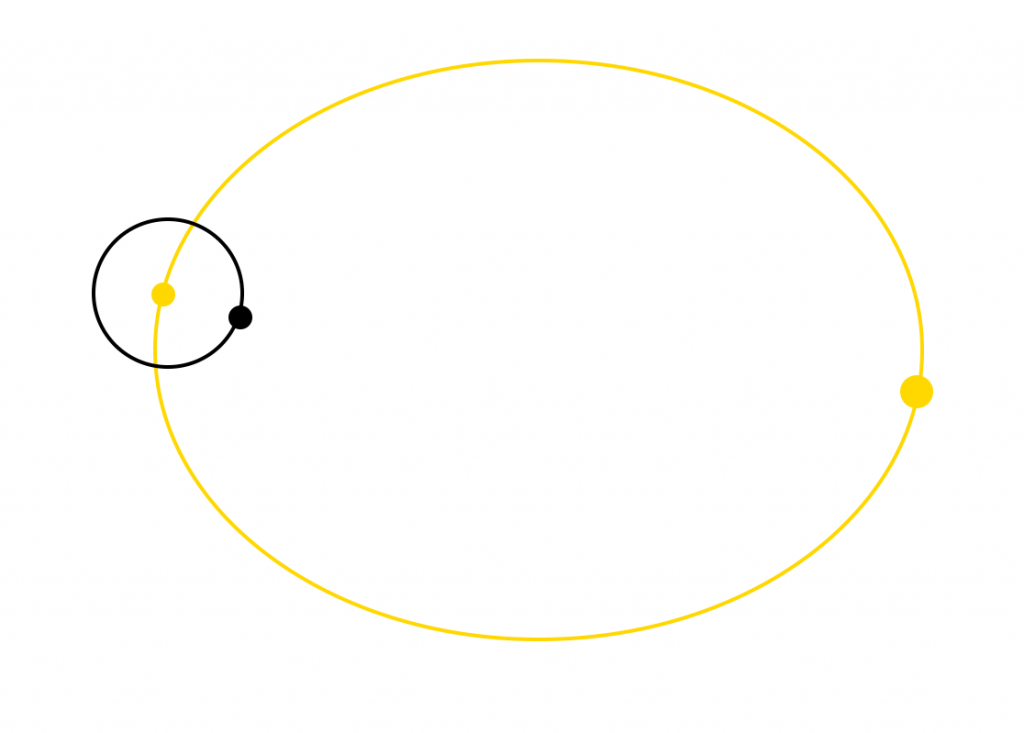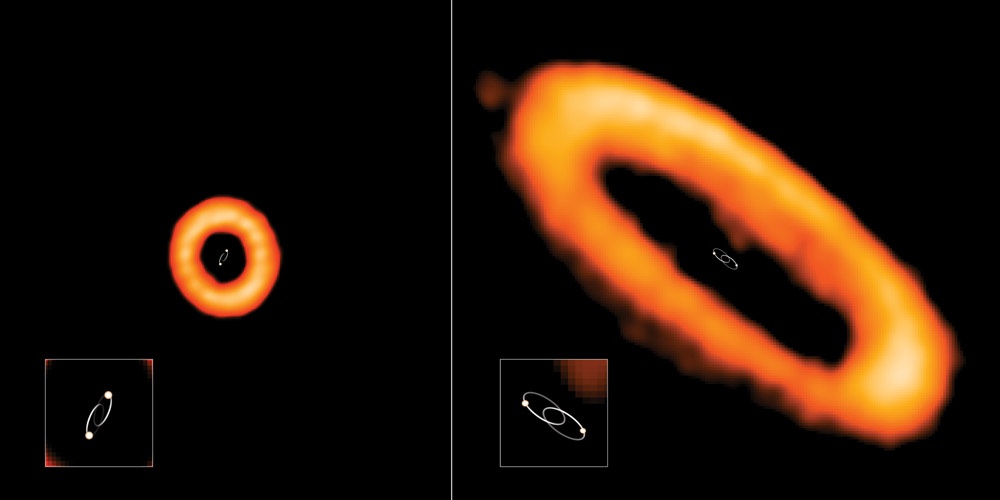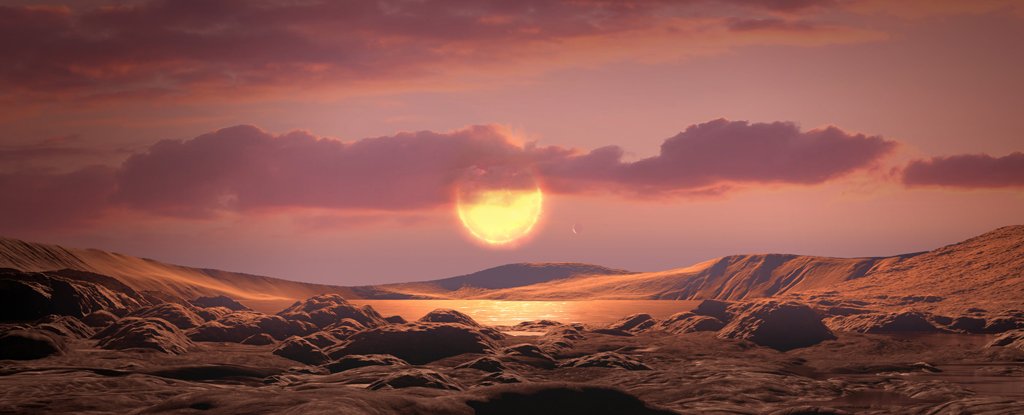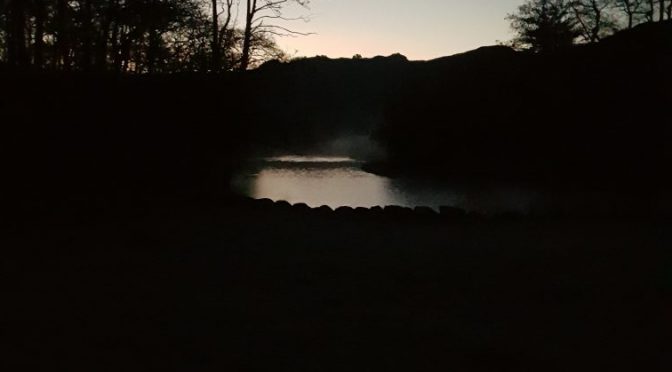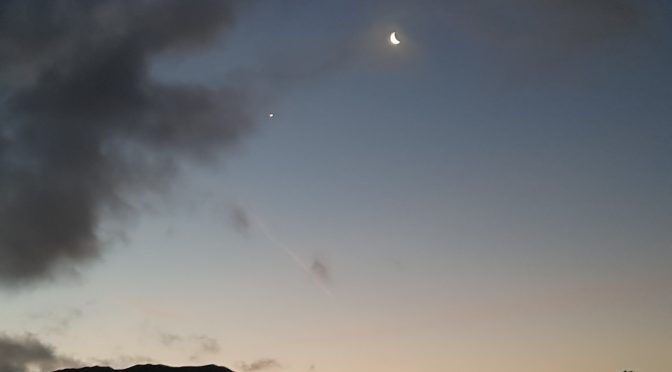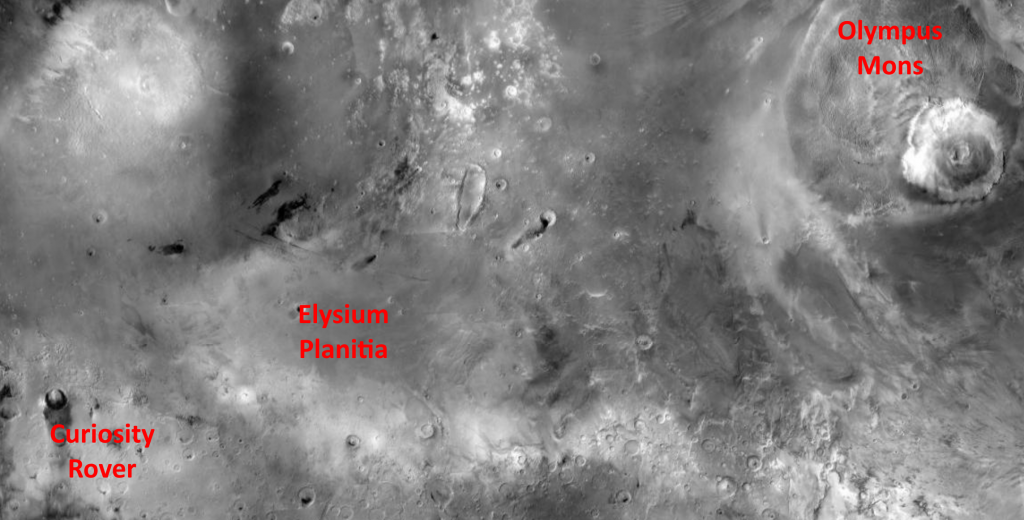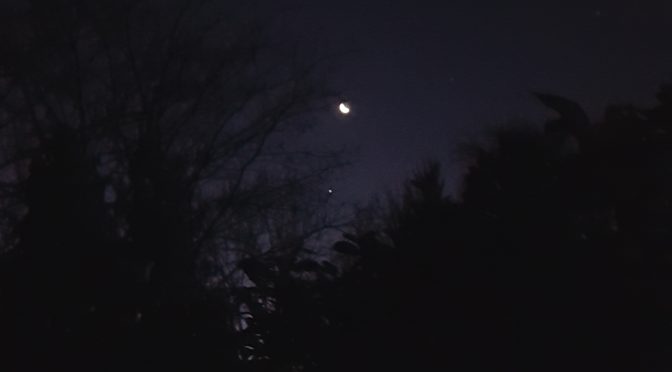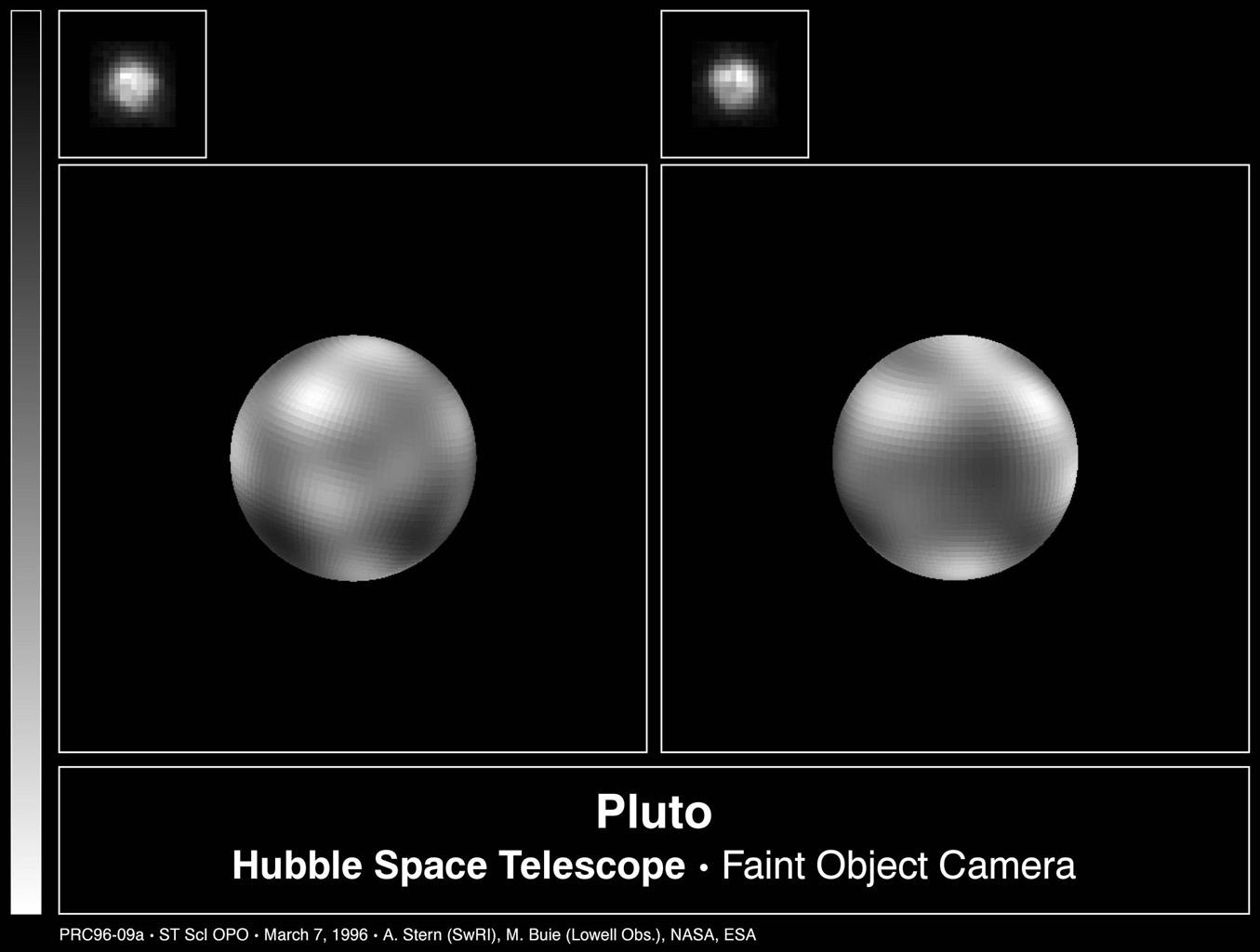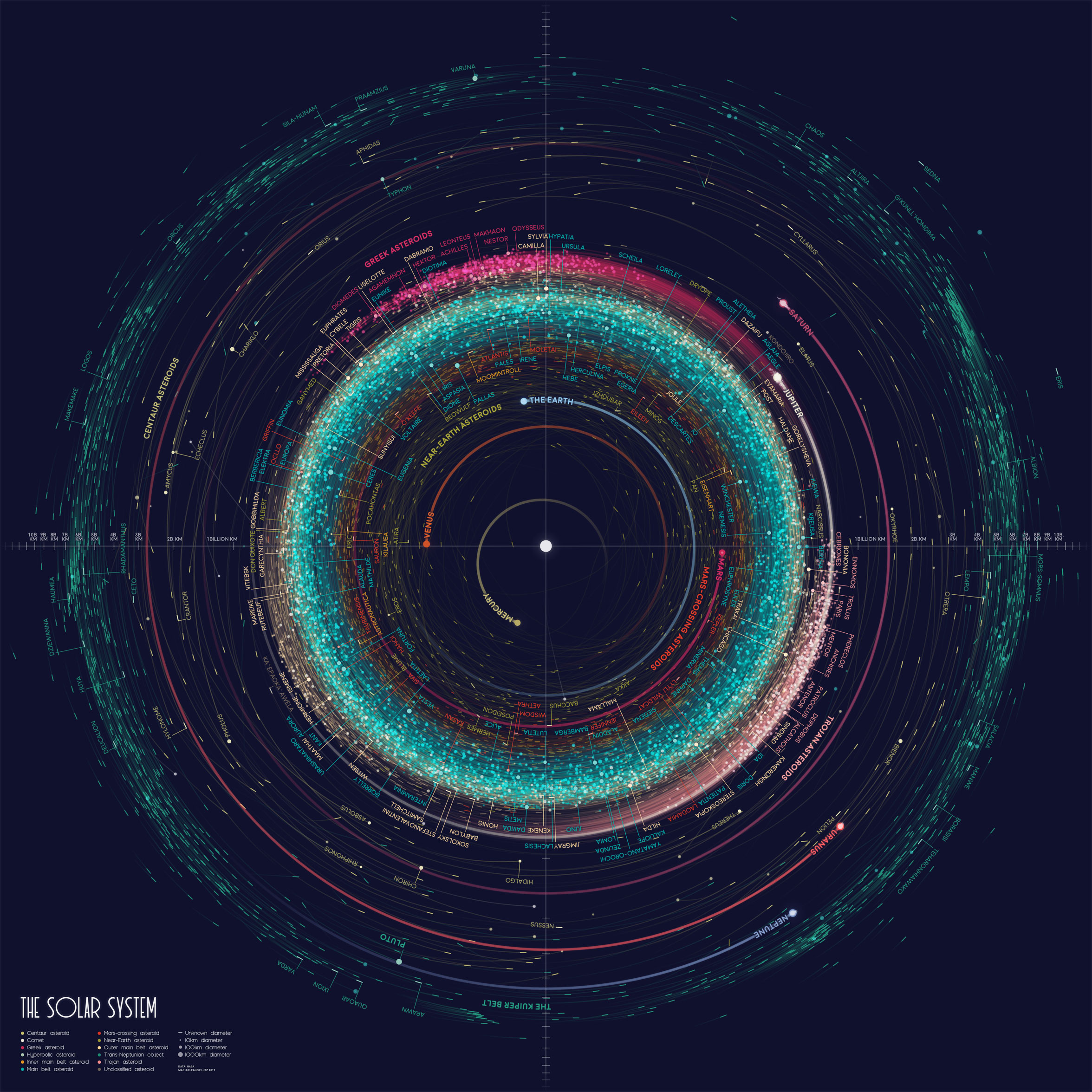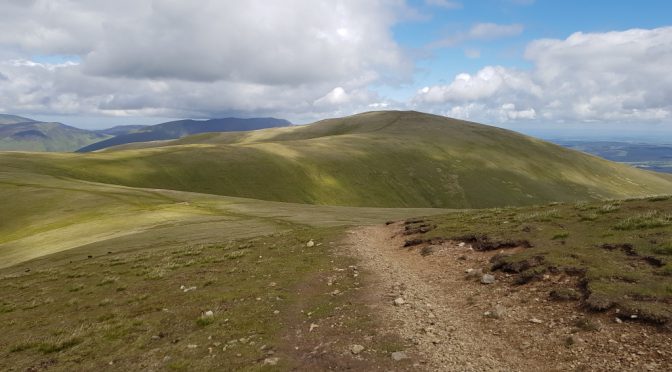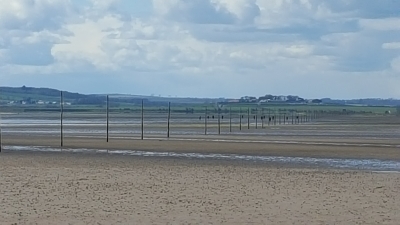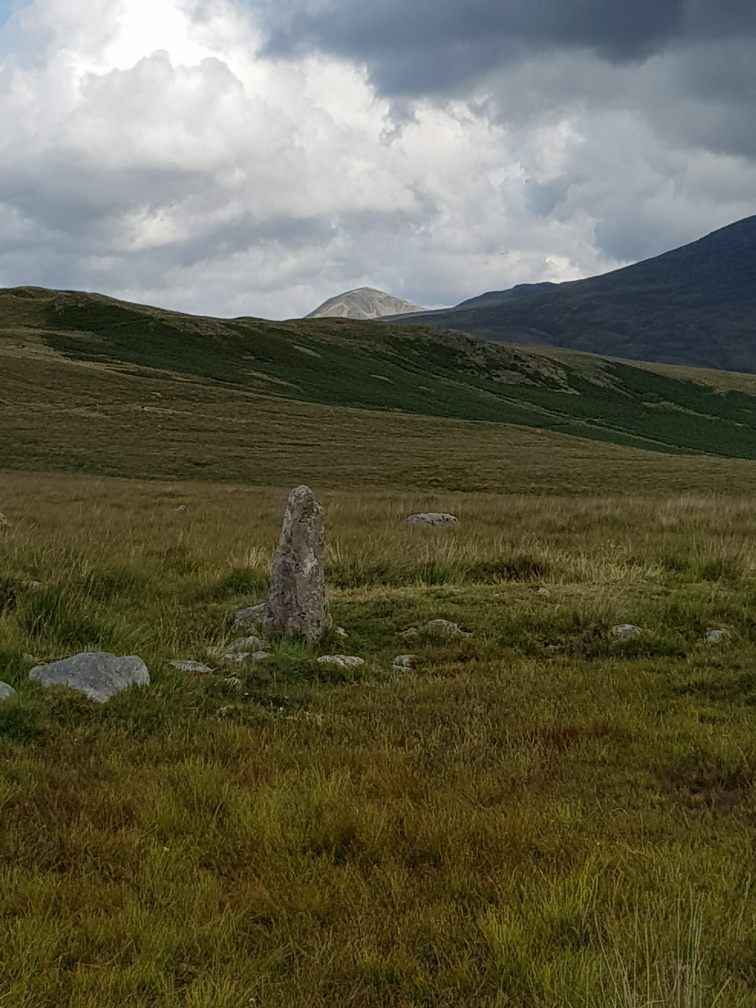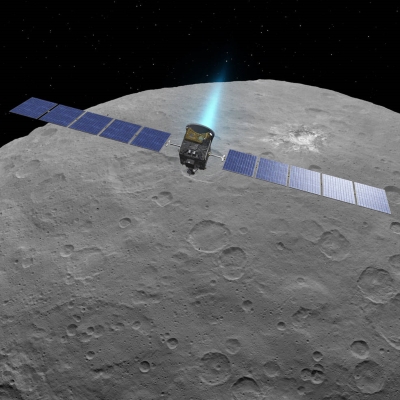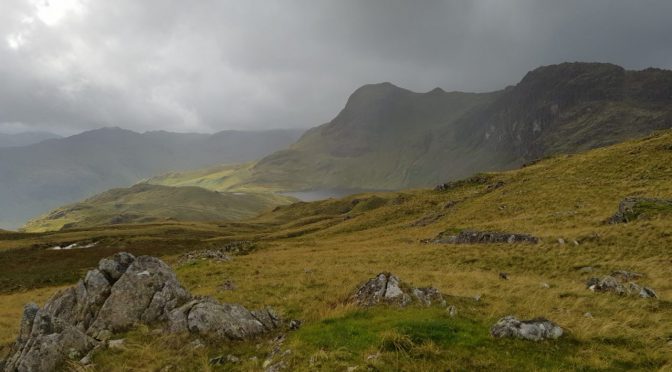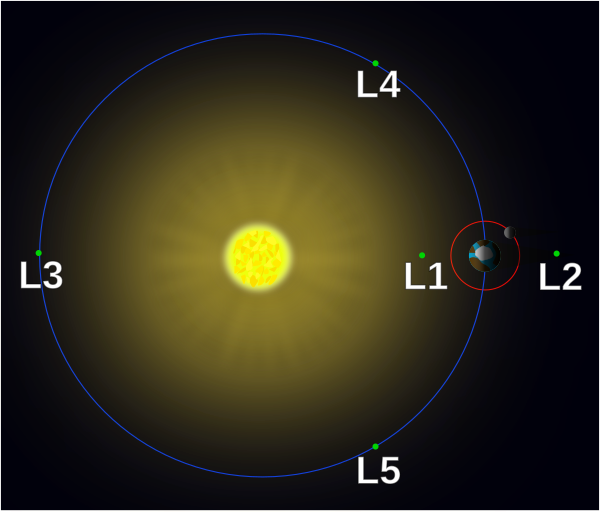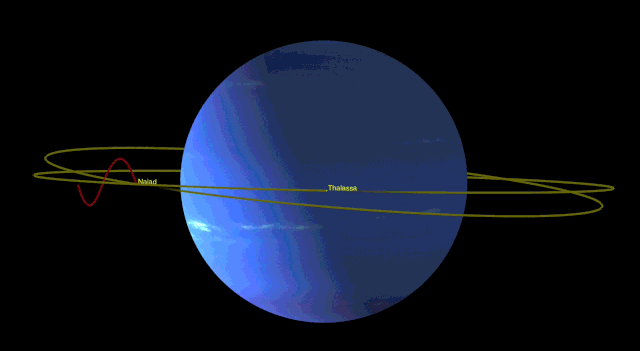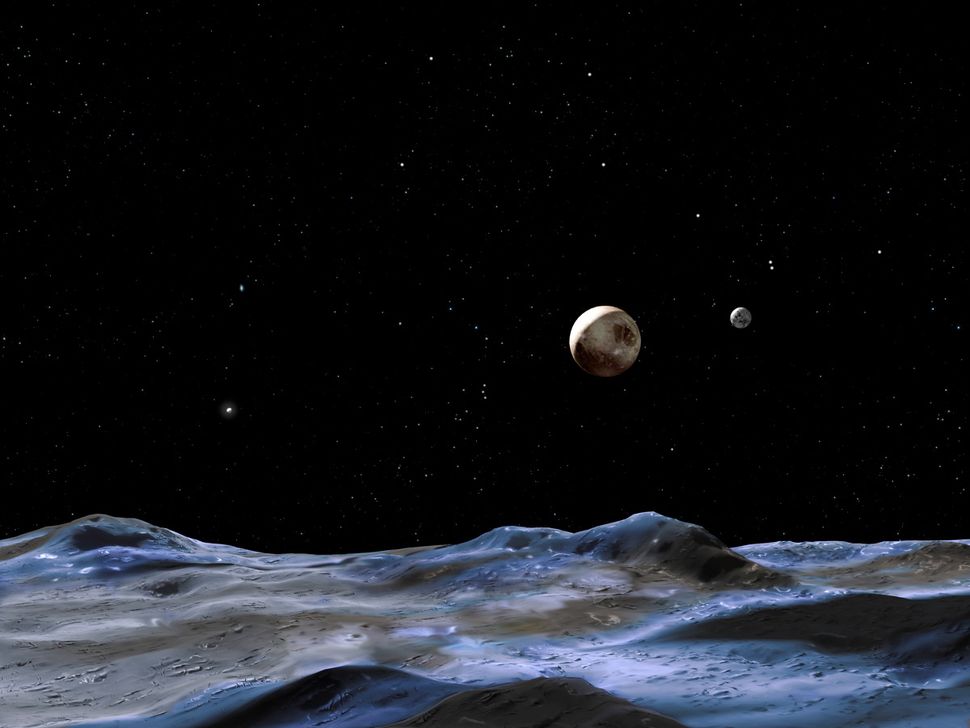I read an article the other day – Magnetic Rivers Feed Star Birth – which I found interesting in its own right, but also provided a connection with a novel written in 1952 by Isaac Asimov, called The Currents of Space.
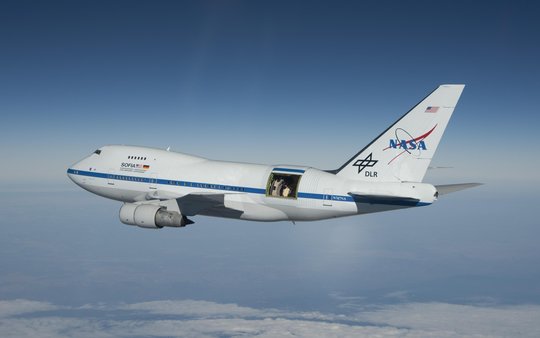
More about the novel in a while… first, the recent science research. This came about when a team of astronomers combined visual images from the (now retired) Spitzer Space Telescope with infra-red images from the SOFIA, the airborne Stratospheric Observatory for Infrared Astronomy. Both devices were pointed at the Serpens South star cluster, a region about 1400 light years from Earth, where stars are being formed.
The combination of these two generated the following image:
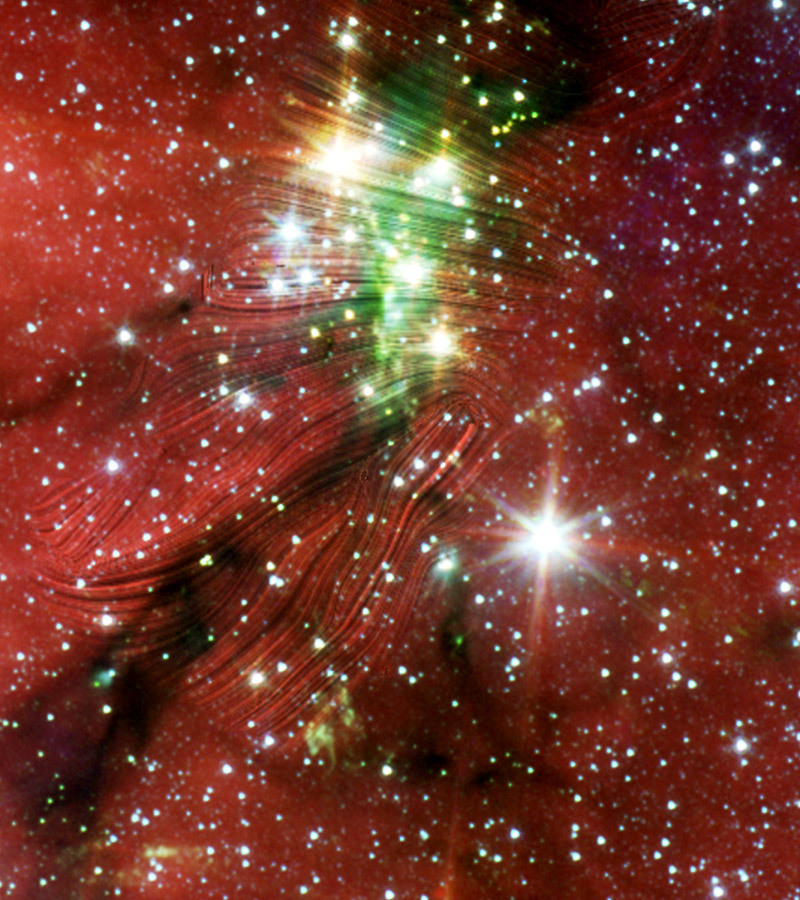
The infra-red image showed where magnetic lines of force were aligning along “rivers” of material and funneling this into regions where stars are being actively formed. In the lower left region the magnetic flow is along these “rivers”, whereas in the top part of the image, they are perpendicular to the flow of matter. Sometimes magnetism and gravity reinforce each other: other times they are opposed. Where they are aligned, spatial currents enhance star formation.

Onto fiction, and Asimov’s book. Here, a particular planet – Sark – relies for its enormous wealth on a particular luxury fibre which grows only in one place – a subjugated vassal planet to Sark called Florina. A great deal of political manoeuvring has gone on to try and reproduce this fibre elsewhere, without success. In part, the book is exploring attitudes of colonialism and exploitation, but the science bit of the book has to do with the flow of minuscule quantities of elements through space. The central character has had his memory erased by the Sark government, since he had discovered that this elemental flow – the currents of space – was the root cause of the special fibre, opening the possibility of duplication elsewhere. Moreover, the same currents were driving Florina’s sun towards going nova.
So the real-world effect of matter flows through space – at least in the one case studied – is to help create stars, whereas in Asimov’s fictional universe, they were driving a star to destruction. That aside, both are exploring the same phenomenon, how the almost-vacuum of space nevertheless contains enough atoms to affect the development of stars nearby.
Fascinatingly, this tiny quantity of atoms, once distributed into space by stars which flare up or explode, forms the chemical basis for life. Long long ago, the tangible part of our universe consisted almost entirely of hydrogen, driven about by intense radiation, and pulled here and there by dark matter. All the heavier elements – including every single particle in our bodies – have been produced in the interior of stars, and then scattered nearby as these stars age and die. Some supernova explosions have brought to Earth the chemical constituents of life, and (according to recent research) others may have brought about some of the mass extinctions of life in Earth’s history. Matter currents in space can – in fact as well as fiction – bring both life and death.
